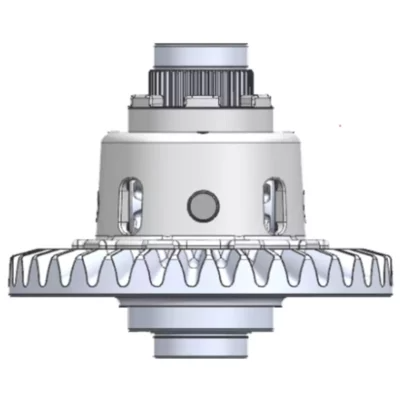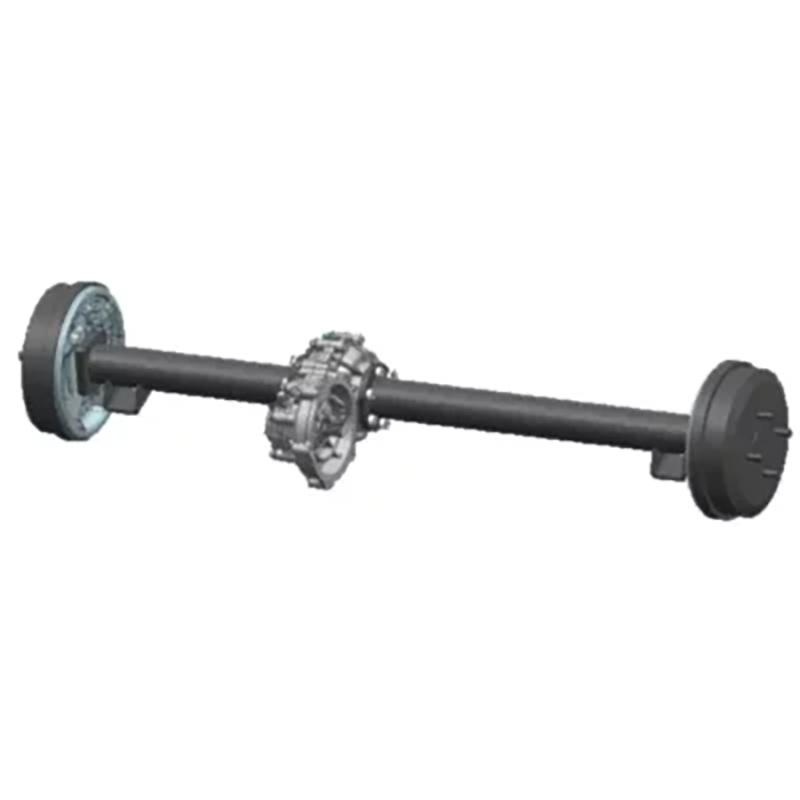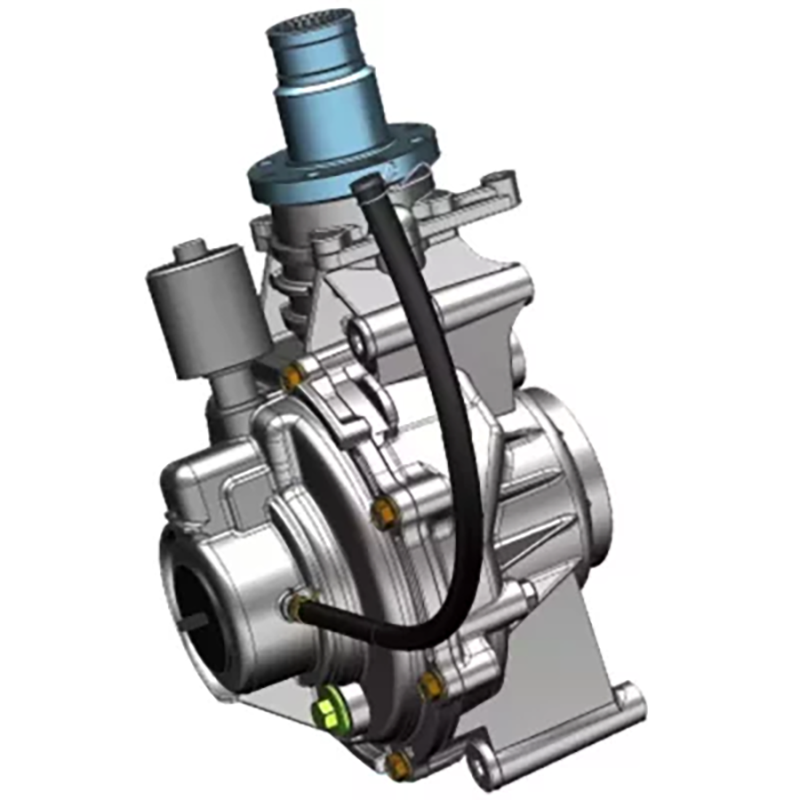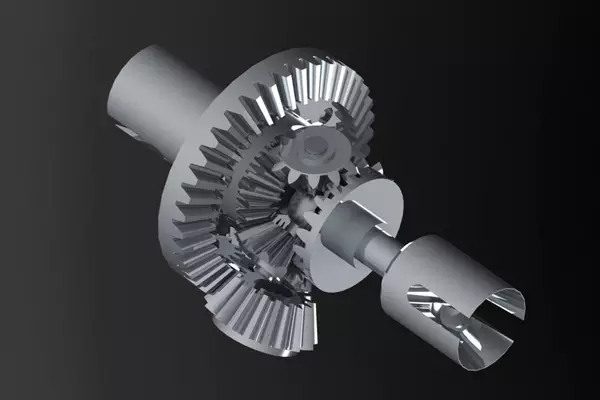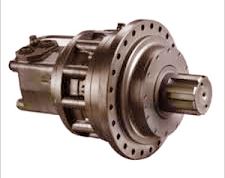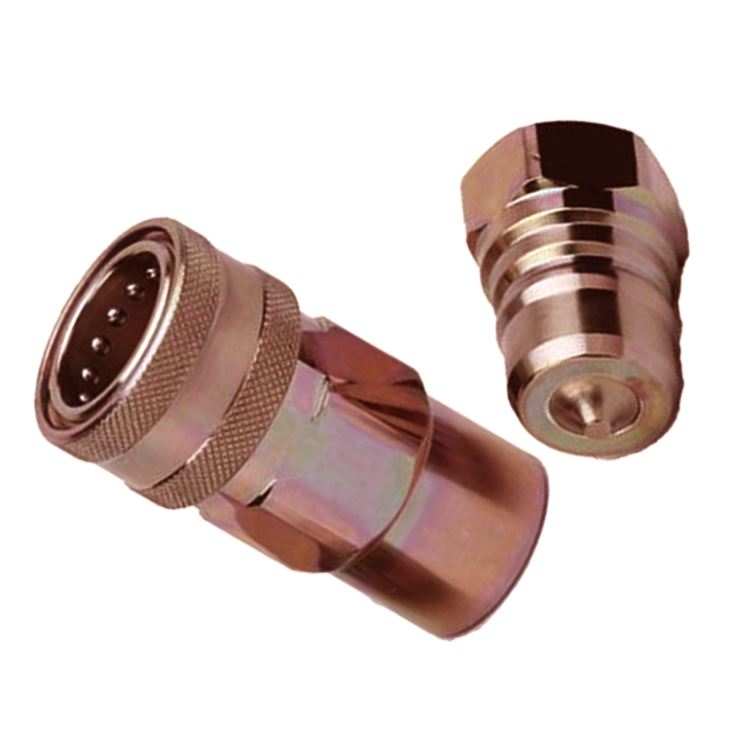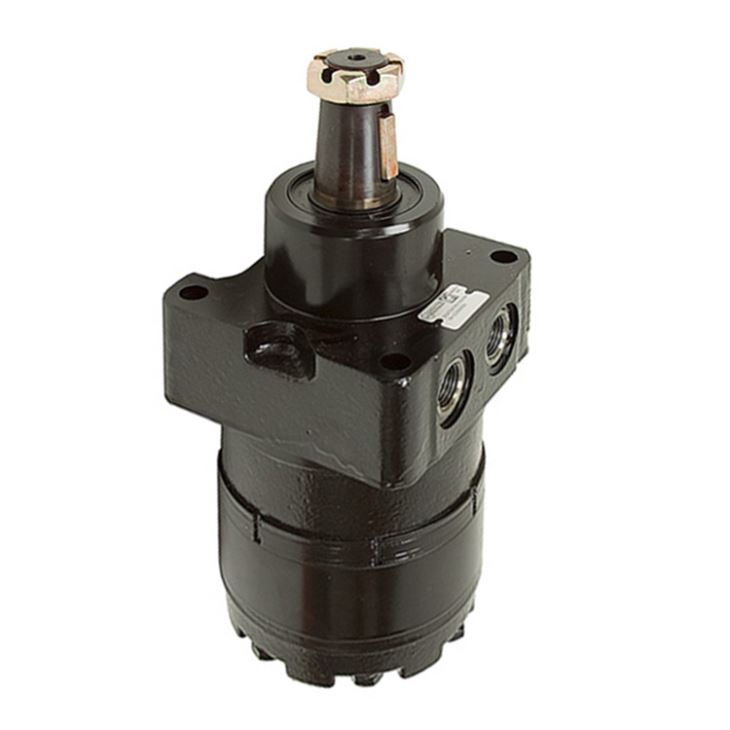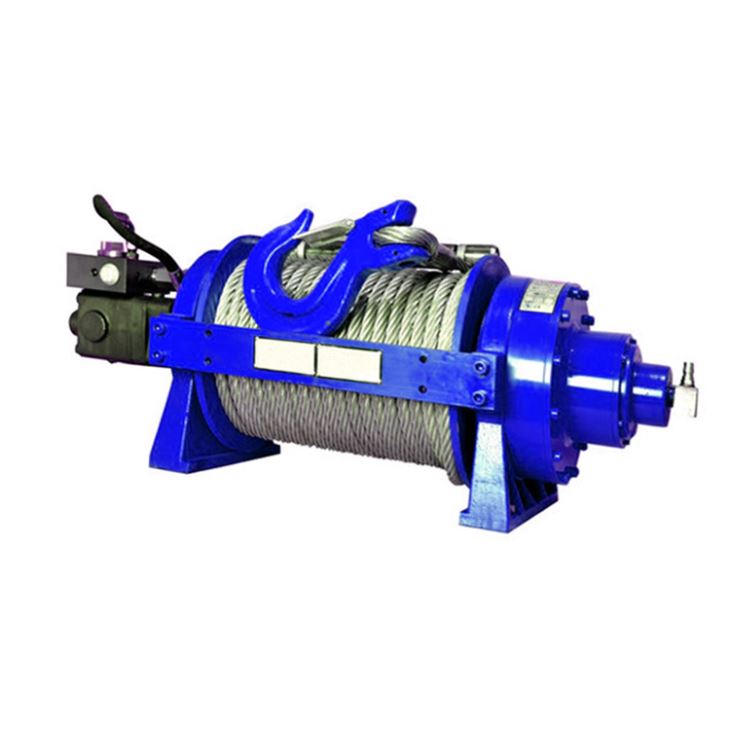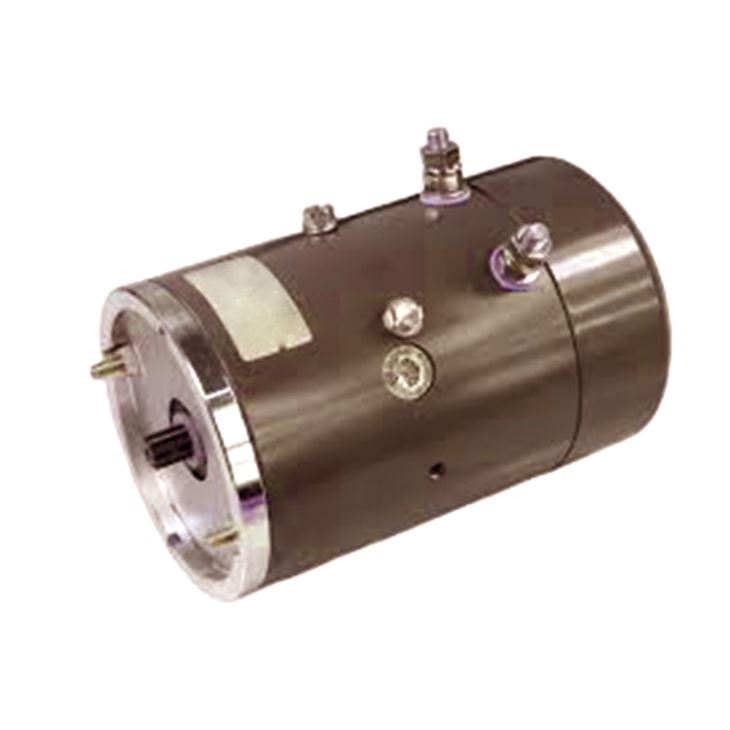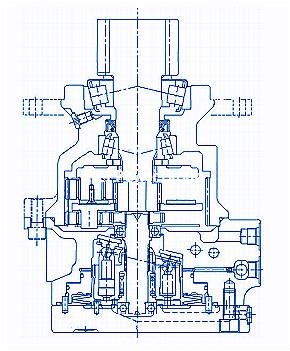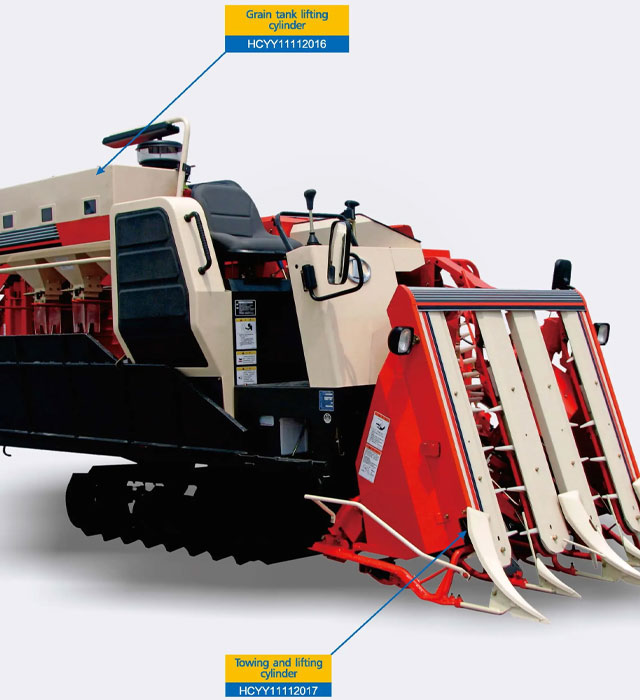1000-8 Automobile Front Axle Differential Assembly
A differential is a gear train with three drive shafts, characterized by the speed of one shaft being the same as the average speed of the other shafts. A common use of a differential is in motor vehicles to cause the wheels at both ends of the drive axle to rotate at different speeds during turns. Other uses include clocks and analog computer.
As a part of the front and/or rear axle assembly, the differential plays an indispensable role in the turning process of a car. The differential is designed to drive a pair of wheels while allowing them to rotate at different speeds. This function provides a proportional RPM between the left and right wheels. If the speed of the inner tire during a turn is 15 revolutions per minute lower than when driving straight, the speed of the outer tire will be 15 revolutions per minute higher than when driving straight.
For example, when a vehicle turns, the outer wheels must travel faster than the inner wheels. The differential distributes an equal amount of torque to two wheels. This allows the wheels to react to resistance or provide traction, resulting in greater resistance and reduced rotation. Wheels with less resistance rotate faster.
Some vehicles, such as go-karts, are not equipped with a differential. In this case, the two drive wheels are forced to rotate at the same speed, usually on a common axis driven by a simple chain drive device. The design of front wheel drive vehicles is different because the axle and differential assembly are located in the transmission axle assembly or the transmission drive axle.


